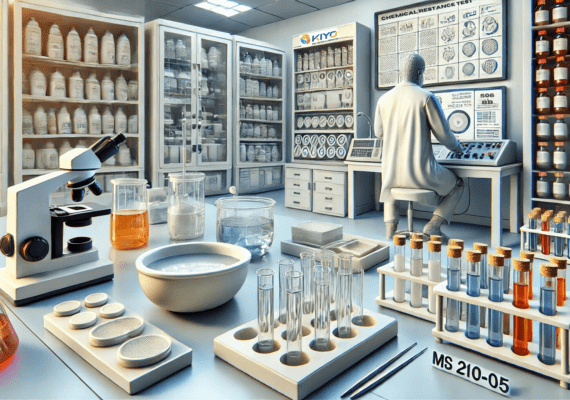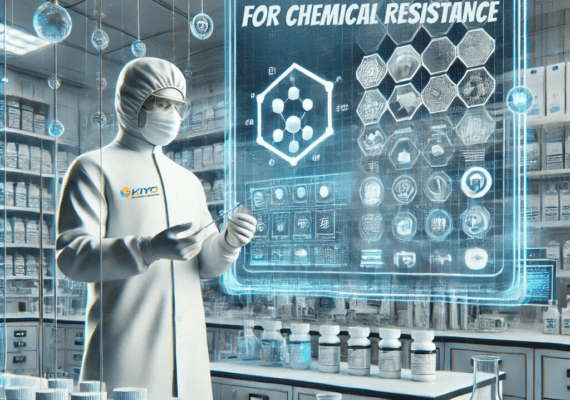
Materials used in industrial applications are often exposed to harsh chemicals, which can lead to degradation, loss of mechanical properties, and eventual failure. Chemical resistance testing helps in:
MS 210-05 provides a standardized method for assessing the chemical resistance of materials, particularly plastics and elastomers. The standard outlines the procedures for exposing materials to chemicals and evaluating their resistance based on changes in physical properties.
The testing process according to MS 210-05 involves several steps:
Chemical resistance testing is crucial across a wide range of industries, including:
